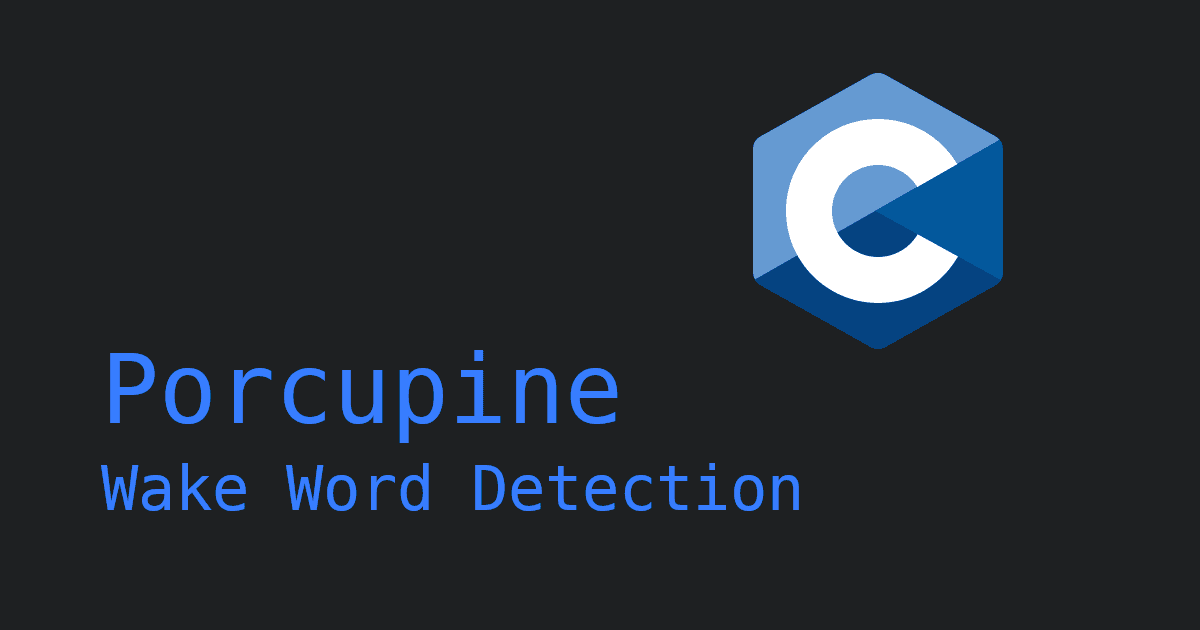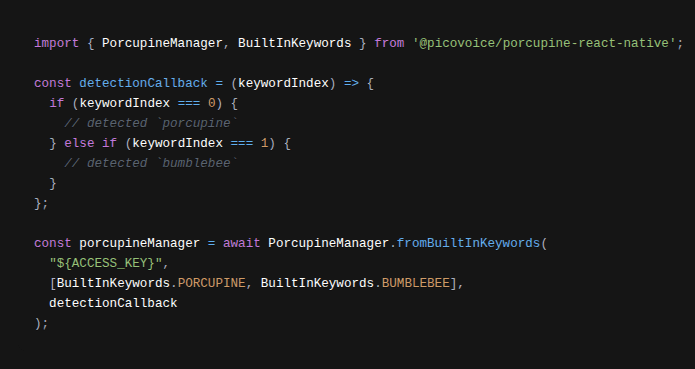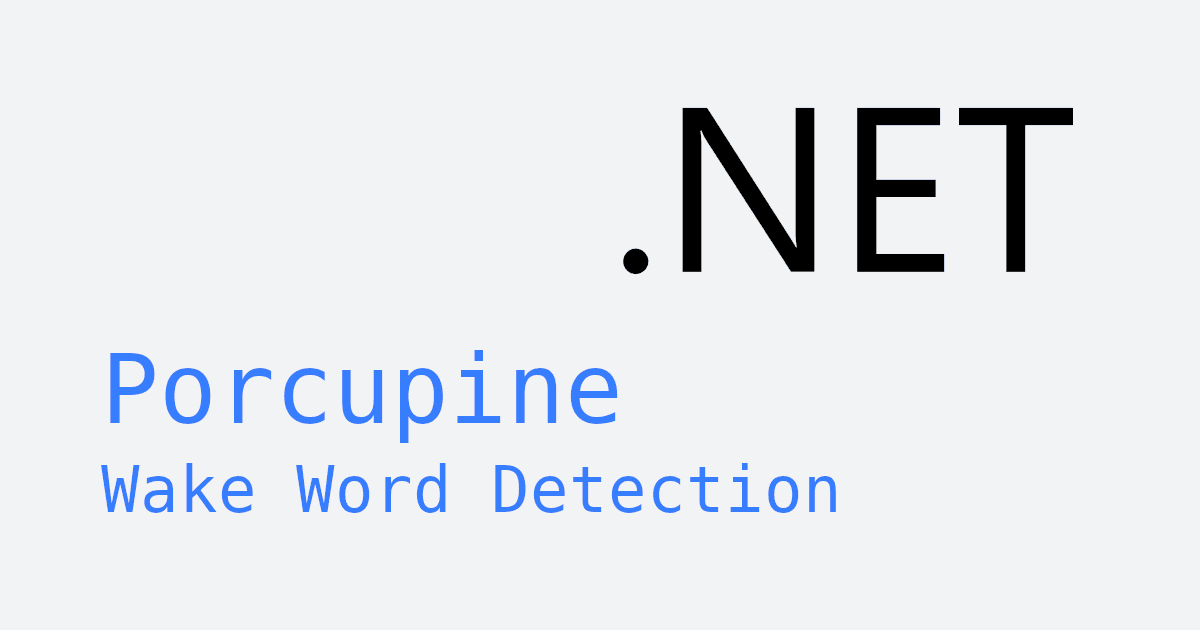Learn how to add wake words, like Alexa or Hey Siri, to any web app. This tutorial takes 15 minutes or less from the start to a working demo. We learn how to train custom wake word models, like Hey Jarvis, that fit your product, not Big Tech's brand. In this article, we use Picovoice Porcupine Wake Word Engine Web SDK.
Wake Word Detection is also known as Keyword Spotting, Hotword Detection, Always-Listening Voice Commands, Trigger Word Detection, and Voice Activation.
Setup the Project
- Create a new folder and initialize an NPM project:
- Install the dependencies:
- Install
http-serveras a development dependency:
- Download the Porcupine model (i.e. Deep Neural Network). From the project folder, run the following to turn the binary model into a
base64string. Remember that you need to replace${DOWNLOADED_MODEL_PATH}with the path to the model you downloaded (e.g.~/Downloads/porcupine_params.pvon my Ubuntu machine).
- Create a boilerplate HTML file called
index.htmlwith the content below:
- Run the local server to load the page:
You can see the page at http://localhost:5000.
Train Wake Word Models
- Sign up for Picovoice Console.
- Go to the
Porcupine Page. - Select
Englishas the language for your model. - Type in
Hey Jarvisas the phrase you want to build the model for.
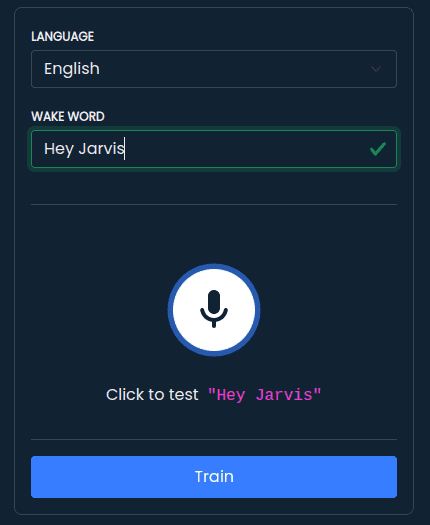
- Optionally, you can try it within the browser
- Once you are happy, click on the train button.
- Select
Web (WASM)as the platform.
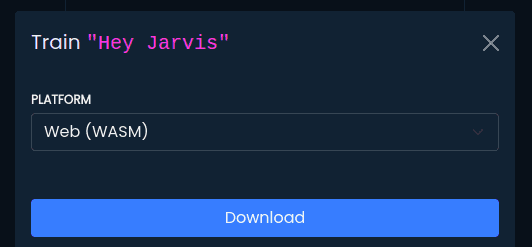
- Click on Download. You should have a
.zipfile in your download folder now. - Unzip it. Inside the folder, you see a file with the suffix
.ppn. That's our model. Transform it into abase64string. Remember that you need to replace${DOWNLOADED_PPN_PATH}with the path to downloaded file (e.g.~/Downloads/Hey-Jarvis_en_wasm_v2_1_0/Hey-Jarvis_en_wasm_v2_1_0.ppnon my Ubuntu machine)
Wire it up
- Go to Picovoice Console's dashboard. Copy your
AccessKey.

- Add the base64 keyword model as a script:
- Add
divelements for debugging and showing the result:
- Initialize Porcupine and start listening to the microphone. Remember to replace
${ACCESS_KEY}with yourAccessKeycopied from the Picovoice Console.
Additional Languages
Porcupine supports many more languages aside from English. To use models in other languages, refer to the quick start.
Source Code
The source code for a fully-working demo with Porcupine is available on its GitHub repository.
